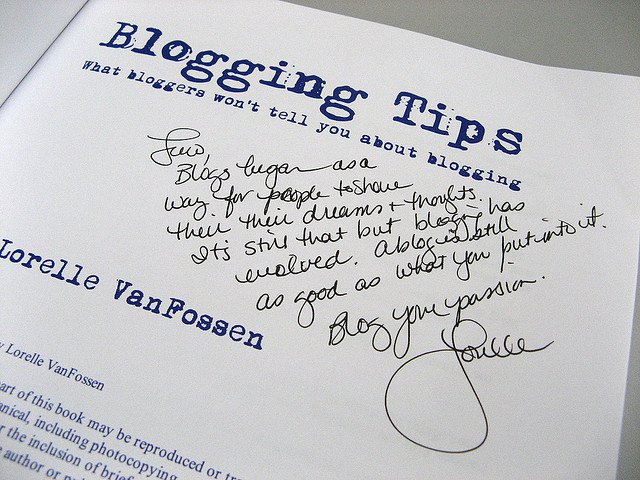
8 Commandments for Formatting a Blog Post
3 minutes | Word Count: 596Most blog posts have a hard time getting any traction due to the sheer amount of content present on the internet. It takes a considerable amount of time for a blog to gain an audience, even if there’s high quality content posted on a regular basis. Luckily, there is a set of recommendations you can follow to give your blog posts a chance at the spotlight.

1. Picking the Right Headline
Whenever someone comes across a list of links to blogs, they’re more likely to click on the ones that have the most eye-catching headlines. There’s a difference between a headline that’s attention grabbing and one that’s accurate to the content being presented. You’re not going to win any favors by putting in dishonest headlines for your content.
2. Choosing Correct Subheadings
If you have written a longer piece of content, you will want to put in subheadings to reak up the monotony. Content that’s missing subheadings has a tendency to look like a wall of text, which can be disorienting for most readers. Each subheading should start with an –ing verb followed by an accurate description of what’s included in that section.
3. Bolding and Italicizing Buzz Words
Whether we want to admit it or not, most people skim content they read. Bolding and italicizing certain parts of the text will make it so they key in on sections you want them to focus on. Avoid emphasizing too much text as it will make the content as a whole unreadable.
4. Paying Attention to Sentence Construction
Every sentence that’s included in your content has to be written in a way that adds quality information. Start writing your content as it comes to you and then begin cutting down extraneous sentences. This process will leave you with the highest quality sentences in your content.
5. Keeping Sentence Length Short
It’s possible for a sentence to take up three lines or more. These kinds of sentences will lose the attention of your readers. You should keep your sentences short and sweet. The same goes for the length of paragraphs. Readers have to feel like they can skim your content easily.
6. Sticking with Universal Language
The use of big words with multiple syllables is not necessary unless those words fit into the content. When you’re writing your content, think that you’re writing for someone who’s as inexperienced as possible with the topic. Some content will be directed towards particular audiences while other content will be for a more general audience.
7. Ensuring Your Writing is Concise
There’s no reason that you should stick with a description that’s 50 words long when a 25 word description will suffice. During your editing process, exclude longer sentences from the rest of the content. Analyze these sentences closely to determine whether they should be split into multiple sentences or shortened overall.
8. Realizing the Value of Bullet Points
Sometimes you will come across ideas you want to get across that could easily be condensed into bullet points. Take advantage of this opportunity. Keep the length of your bullet points short. The white space that’s created next to these lists has a tendency to be distracting if it’s too large.
Author Bio: Dan Ogden has been in the online marketing industry for over 5 years. He and a partner just recently launched an inbound marketing agency called Digital Flavor. They use content marketing and website messaging to attract, convert, close, and retain new customers.




















